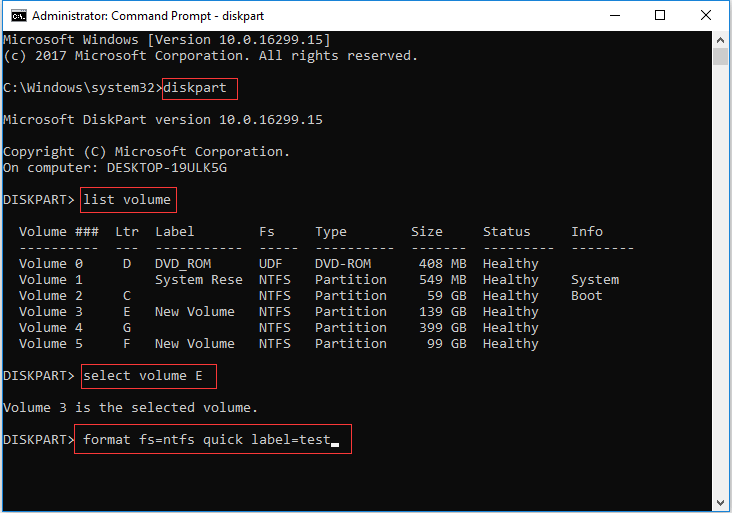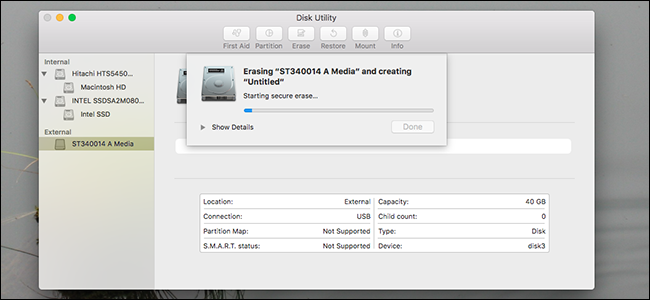

:max_bytes(150000):strip_icc()/1LW4050413-5-5bae65e84cedfd0026b2093e.jpg)
The app shows the disk, and underneath each disk is a list of the partitions on that device. Disk Utility will show the drives eligible for the RAID format you select. The next step is to select your storage devices. It doesn’t offer data protection or better speed.Ĭhoosing a RAID format in macOS Sierra’s Disk Utility. Concatenated (JBOD): This simply takes your drives and uses them to create one storage volume.When your Mac needs to read a file, the performance is faster because the data can be read by multiple drives. (Mirrored) RAID 1: The same data is written to all the drives.

But if backup isn’t an issue and you need the performance, go with RAID 0. It doesn’t offer data protection, so you’ll need to rely on another backup system, like Time Machine. (Striped) RAID 0: This one’s all about speed. On the opening screen of the RAID Assistant, you select the RAID type. How to access the RAID Assistant in macOS Sierra’s Disk Utility. To get to the RAID tools, click on the File menu and select RAID Assistant. With Disk Utility open, you should see the main window. You can also press Shift-Command-U or select the Go > Utilities menu while in the Finder. It’s located in the Utilities folder, which resides in your Applications folder. If the Security Options button is not available, Disk Utility cannot perform a secure erase on the storage device.After you connect your storage devices to your Mac, launch Disk Utility.

Secure erase options are available only for some types of storage devices. (Optional) If available, click Security Options, use the slider to choose how many times to write over the erased data, then click OK. If the Scheme pop-up menu isn’t available, make sure you selected the storage device you want to erase-it’s at the top of the hierarchy.Ĭlick the Format pop-up menu, then choose a file system format. Ĭlick the Scheme pop-up menu, then choose GUID Partition Map. In the sidebar, select the storage device you want to erase, then click the Erase button. If you want to erase any other type of storage device: Double-click Disk Utility in the /Applications/Utilities folder. Note: If you want to get your Mac ready to trade in, sell, or give away, and your computer is a Mac with Apple silicon or an Intel-based Mac with an Apple T2 Security Chip, use Erase Assistant.


 0 kommentar(er)
0 kommentar(er)
